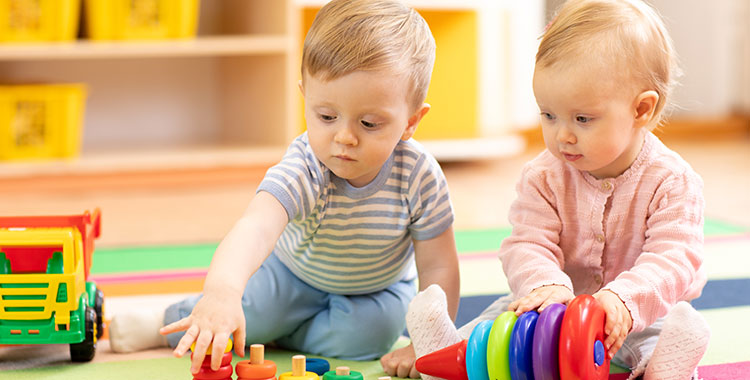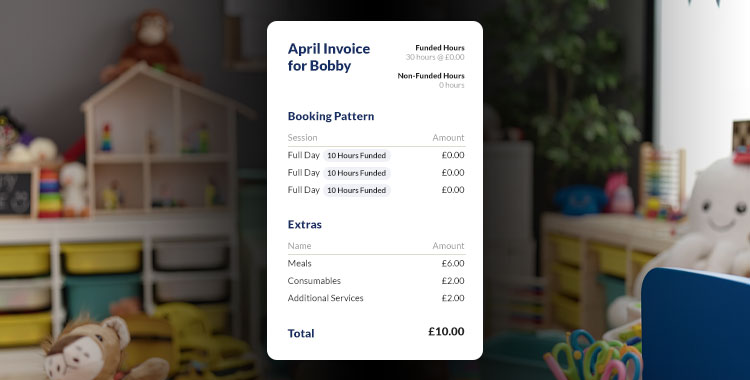Creating a nurturing environment where positive behaviour is encouraged is crucial in early childhood education. This blog explores practical strategies for promoting positive behaviour among young learners, helping educators create a classroom atmosphere that fosters respect, empathy, and self-regulation.
Understanding the Importance of Positive Behaviour
Positive behaviour management in early childhood sets the foundation for future social interactions and academic success. It involves more than managing or disciplining negative behaviours; it’s about actively promoting good behaviours that lead to positive outcomes for children.
Building Emotional Intelligence
Developing emotional intelligence is vital to encouraging positive behaviour. When children understand their emotions and those of others, they’re more likely to exhibit compassion and make thoughtful choices.
Encouraging Social Skills
Positive behaviour is closely linked to good social skills. Teaching children to interact appropriately with peers and adults helps prevent behavioural issues and encourages a cooperative learning environment.
Strategies for Promoting Positive Behaviour
Incorporating positive behaviour strategies into daily routines can transform the classroom dynamic. Here are some practical ways to encourage positive behaviour:
Consistent Routines and Expectations
Practical Example: Daily Routine Charts
Use visual daily routine charts to outline the day’s activities. This helps children understand what’s expected of them, reducing anxiety and improving behaviour following a predictable schedule.
Positive Reinforcement
Practical Example: Reward System
Implement a reward system where children earn stickers or tokens for positive behaviours like sharing, helping others, or completing tasks. Rewards can be exchanged for small privileges or treats, tangibly reinforcing good behaviour.
Role-Playing and Social Stories
Practical Example: Conflict Resolution Through Role-Playing
Use role-playing to teach children how to resolve conflicts. Set up scenarios that might arise in the classroom and guide children through expressing feelings, brainstorming solutions, and finding a peaceful resolution.
Communication Skills Development
Practical Example: “I Feel” Statements
Teach children to express their emotions using “I feel” statements. This technique helps them articulate their feelings clearly and appropriately, reducing misunderstandings and negative interactions.
Leveraging Nursery in a Box to Support Positive Behaviour
Nursery in a Box can be an invaluable tool for educators aiming to encourage positive behaviour. With features designed to enhance communication and track behaviour, it supports the implementation of effective strategies.
Digital Behaviour Tracking
Utilise the platform’s behaviour tracking feature to monitor progress and patterns in children’s behaviour, allowing for timely interventions and personalised support.
Parental Involvement
Enhance home-school communication through Nursery in a Box, sharing children’s successes and areas for growth with parents. This helps maintain consistency between home and school environments, which is crucial for behavioural development.
Conclusion: Cultivating a Positive Classroom Culture
Encouraging positive behaviour in early childhood education is about creating an environment where children feel valued, understood, and capable. Educators can foster a classroom atmosphere that promotes healthy social and emotional development by implementing the abovementioned strategies and utilising supportive technologies like Nursery in a Box. This enhances the learning experience for each child and builds a strong foundation for their future interactions and academic pursuits. Let’s commit to shaping environments cultivating kindness, respect, and positive engagement among our youngest learners.

Hannah
Marketing Manager




